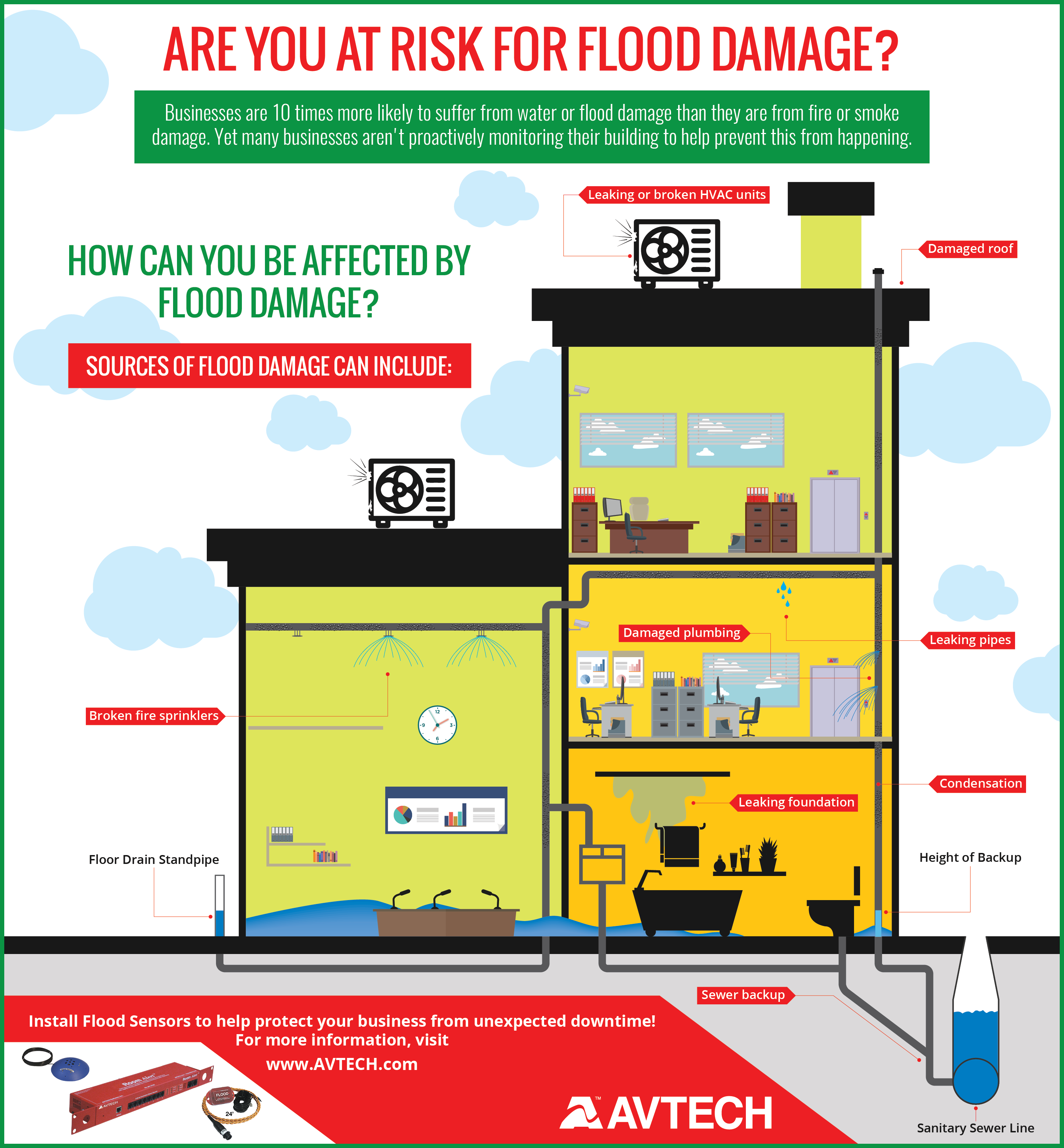When taking into consideration the prices of solar setup, you could wonder about the upfront financial investment called for and whether it aligns with the potential long-term advantages. Comprehending the intricacies of these expenses and the various factors influencing the total return can shed light on the value proposal of transitioning to solar energy. By assessing both the first configuration costs and the predicted savings with time, you can get insight right into whether the financial investment in solar installment holds assurance for your financial future.
First Setup Costs
When thinking about the prices of solar installment, the preliminary setup costs play a critical role in your decision-making process. These upfront prices include the cost of photovoltaic panels, inverters, placing tools, and setup labor.
The price of photovoltaic panels can differ depending on the brand name, effectiveness, and size you select. Inverters are important for transforming the sun's power into functional electrical power and be available in various types such as string inverters, microinverters, and power optimizers, each with its own price effects.
Placing why do many solar energy systems require batteries , such as shelfs and rails, is required to securely set up photovoltaic panels on your roofing system or property.
The setup labor expense covers the expert setup of the planetary system, making certain that every little thing is established properly and efficiently. Keep in mind that while these initial configuration expenditures may appear high, there are often discounts, tax rewards, and financing options offered to assist balance out the expenses and make solar installation extra budget-friendly over time.
Long-Term Financial Savings Analysis
To recognize the economic advantages of solar installment gradually, it's important to conduct a detailed long-term cost savings evaluation. While the initial arrangement expenditures of photovoltaic panels might seem challenging, the lasting savings can outweigh these costs significantly. By using the power of the sun to generate electrical energy for your home, you can potentially save countless dollars on your energy costs over the lifespan of your planetary system.
One of the essential variables to consider in a long-lasting financial savings evaluation is the reduction in your electrical power bills. With solar panels, you can generate your electrical energy, lowering or even eliminating your dependence on the grid. This can cause substantial financial savings, particularly as utility rates continue to increase.
In addition, many federal governments provide motivations such as tax obligation credit reports and rebates for mounting solar panels, even more boosting your long-lasting financial savings. By making the most of these motivations and maximizing your solar energy production, you can take pleasure in substantial economic advantages for years to find.
Return on Investment Calculation
Thinking about the monetary advantages of solar installation, it's time to examine the Roi (ROI) computation. Determining the ROI includes comparing the total expenses of setting up a planetary system with the monetary advantages it produces over its lifespan.
To calculate ROI, divide the net profit from the system by the total investment cost and multiply by 100 to get a percent. The ROI formula is: (Net Revenue/ Total Amount Financial Investment Cost) x 100.
As an example, if the complete cost of mounting a planetary system is $20,000, and over its life-span, it generates cost savings and revenues totaling $30,000, the internet revenue would be $10,000. Separating this by the overall investment price of $20,000 provides a ratio of 0.5. Multiplying this by 100 supplies an ROI of 50%.
Usually, a higher ROI indicates a more financially satisfying investment. Aspects like federal government rewards, maintenance costs, and power price changes can impact the ROI of solar installments. Comprehending the ROI aids in evaluating whether purchasing solar energy deserves it in the long run.
Conclusion
In conclusion, recognizing the expenses of solar setup is critical for determining if it deserves the financial investment. By considering first configuration expenses, carrying out a lasting financial savings analysis, and determining the return on investment, you can make an educated choice about the monetary value of solar energy. With the potential for decreased utility costs and raised power independence, buying solar installation can be a wise option for both your wallet and the setting.
